Lincoln Tomb
When you visit his grave, be sure to rub the Great Emancipator's nose for good luck.
As the president with arguably the most monuments, tributes, statues, and memorials in American history, it is no surprise that Abraham Lincoln’s Tomb is a grand piece of work. What is a bit surprising however is the odd compulsion to rub the 16th president’s nose for good luck that seems to come over visitors to his gravesite.
Finished in 1874, the towering tomb comprises a tall central tower atop the squat mausoleum building that holds the president’s remains, all made of the same brilliant granite. Four large bronze statues indicating the four branches of the military (at the time Infantry, Artillery, Cavalry, and Navy) surround the central obelisk each featuring ornate stonework at their bases as well. At the foot of the tomb is a large bronze replica of Lincoln’s head, cast from the bronze statue at the capitol. It is the nose of this replica bust that visitors have taken to rubbing for good luck, buffing the schnoz to a golden shine. No one is quite sure how this superstitious habit began, but today thousands of visitors from across the country make a special point to rub the nose of the man who ended the Civil War.
In addition to President Lincoln the tomb holds the bodies of his wife and three of his children in stone vaults. Lincoln was once kept in an underground tomb after a pair of criminal masterminds attempted to steal his bones for ransom. After moving the President’s remains several times they were finally buried in a vault ten feet below ground, contained in a wood box, wrapped in a steel cage, and covered over with Portland cement. Per Robert Lincoln’s instructions the remains lie a few feet behind, and about ten feet below, the large granite marker in the sarcophagus chamber.
Visitors to the grave can enter the tomb to take a peek at Lincoln’s enviable coffin, but trying to rub it is probably bad luck. Stick to the nose.
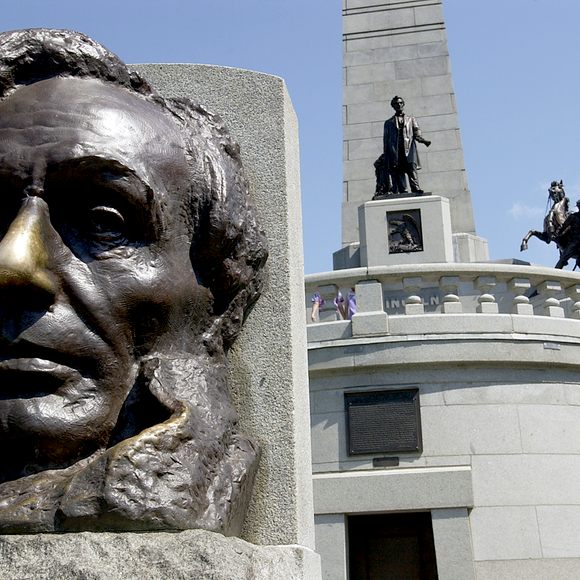

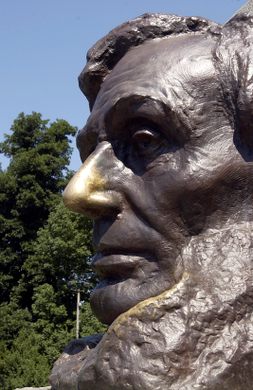
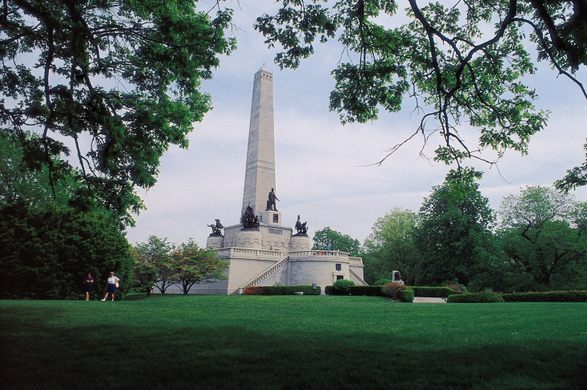








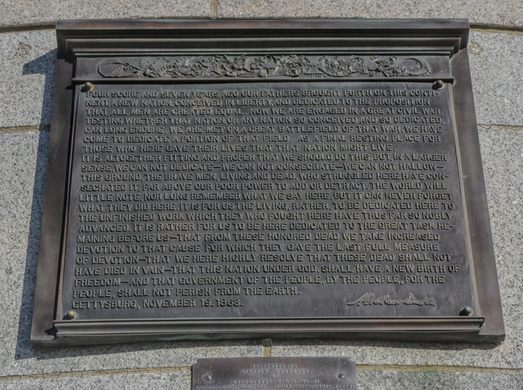

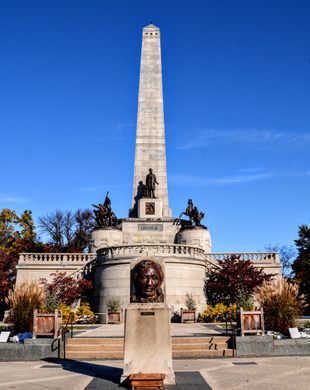


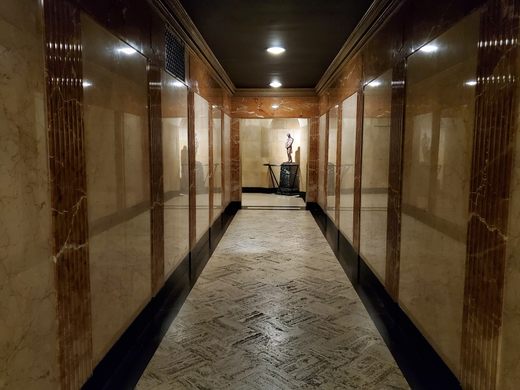
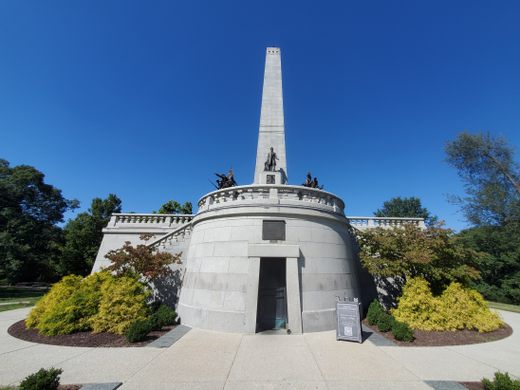



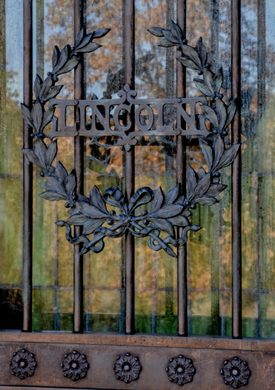


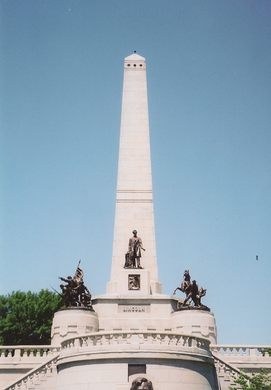














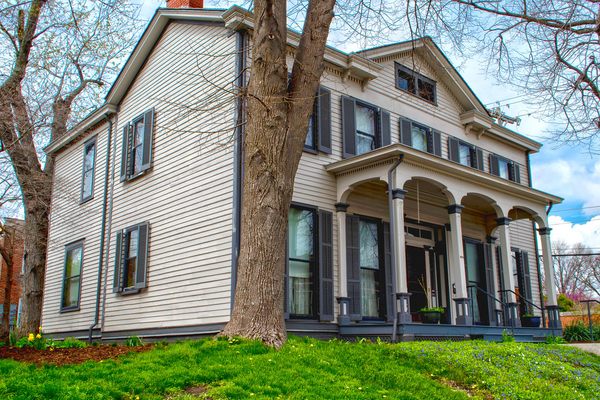
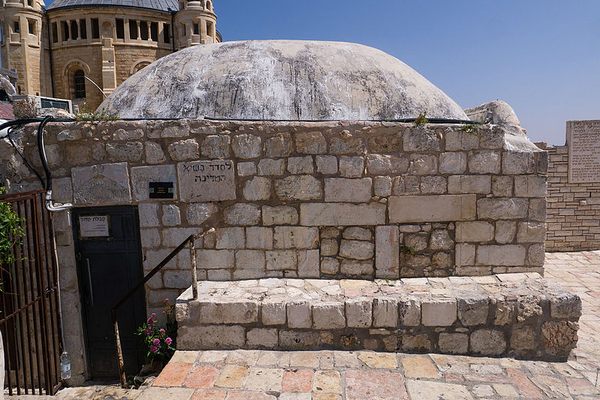
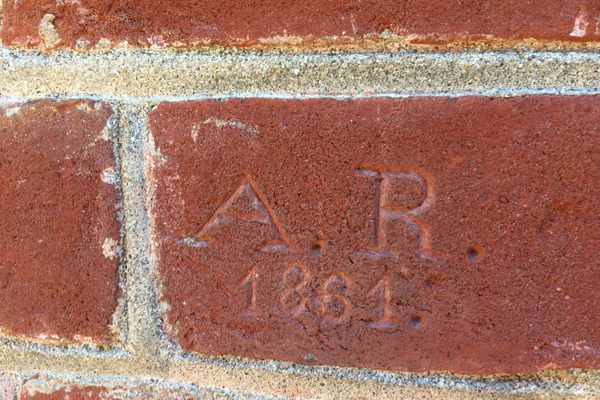




Follow us on Twitter to get the latest on the world's hidden wonders.
Like us on Facebook to get the latest on the world's hidden wonders.
Follow us on Twitter Like us on Facebook